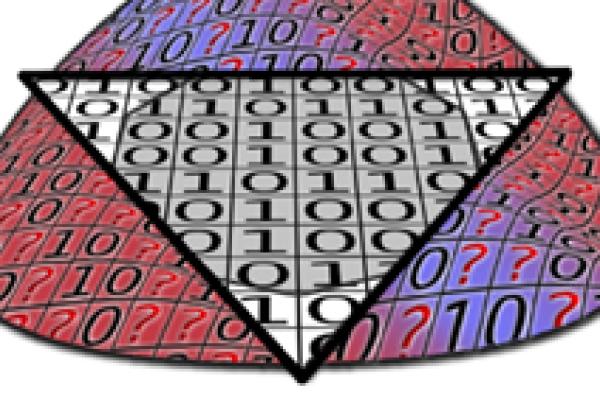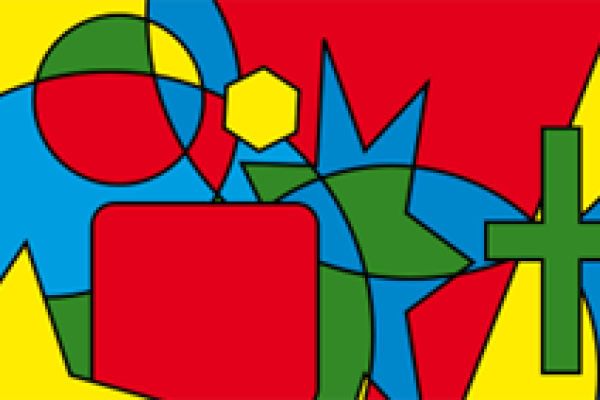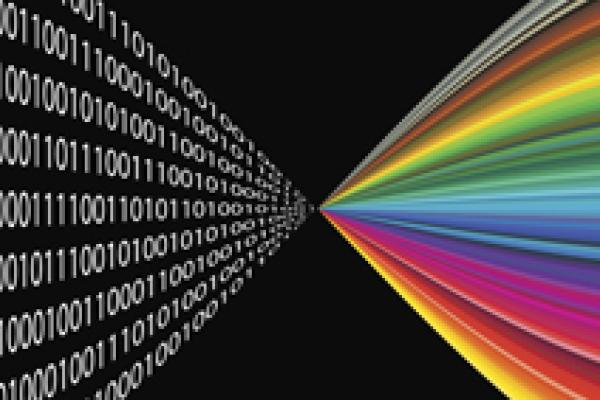Yesterday's refusal by the UK government to posthumously pardon Alan Turing makes sad news for maths, computer science and the fight against discrimination. But even if symbolic gestures are, symbolically, being rebuffed, at least Turing's most important legacy — the scientific one — is going stronger than ever. An example is this week's announcement that scientists have devised a biological computer, based on an idea first described by Turing in the 1930s.








